mysterious liquid-filled yellowish balls in soil
snoop92
13 years ago
Featured Answer
Comments (139)
Nick Wallace
6 years agoNick Wallace
6 years agoRelated Professionals
West Milford Landscape Architects & Landscape Designers · Chesapeake Ranch Estates Landscape Contractors · Lady Lake Landscape Contractors · Red Oak Landscape Contractors · Rio Linda Landscape Contractors · Wayland Landscape Contractors · Albany Solar Energy Systems · Irvington Solar Energy Systems · Wichita Window Contractors · Compton Window Contractors · Dayton Window Contractors · Hacienda Heights Window Contractors · University Window Contractors · Olean Fence Contractors · West Columbia Fence ContractorsErin Kelley
6 years agotropicofcancer (6b SW-PA)
6 years agotheparsley
6 years agogr8alterebo
6 years agovici1
6 years agogardengal48 (PNW Z8/9)
6 years agolast modified: 6 years agoSandra Fuentes
5 years agotammielwitt
5 years agopmgale
5 years agolisamuskal
5 years agolast modified: 5 years agosam (SF bay, 10a / Sunset 16)
4 years agojune wiebe
4 years agoedweather USDA 9a, HZ 9, Sunset 28
4 years agoruhihun sd
3 years agoruhihun sd
3 years agoKelly Bauer
3 years agoGloria White
3 years agoGloria White
3 years agosam (SF bay, 10a / Sunset 16)
3 years agoSan M
3 years agolast modified: 3 years agosam (SF bay, 10a / Sunset 16)
3 years agoSomaliah Wallace
3 years agoSomaliah Wallace
3 years agoSomaliah Wallace
3 years agosam (SF bay, 10a / Sunset 16)
3 years agotropicofcancer (6b SW-PA)
3 years agoSomaliah Wallace
3 years agoSomaliah Wallace
3 years agoSomaliah Wallace
3 years agoSomaliah Wallace
3 years agotropicofcancer (6b SW-PA)
3 years agosam (SF bay, 10a / Sunset 16)
3 years agoRaymond Garcia
3 years agolast modified: 3 years agosam (SF bay, 10a / Sunset 16)
3 years agoMargi workman
3 years agoHU-193250665
3 years agoHU-986103337
3 years agoray
3 years agoChloe_ islazyaf
2 years agoAna Micula
2 years agoHU-659273525
2 years agoHU-408739174
last yearDee Landerman
last yearlast modified: last yearEdson D. Rojas
last yearSophia Liu
11 months agotapla (mid-Michigan, USDA z5b-6a)
11 months agotropicofcancer (6b SW-PA)
11 months ago
Related Stories
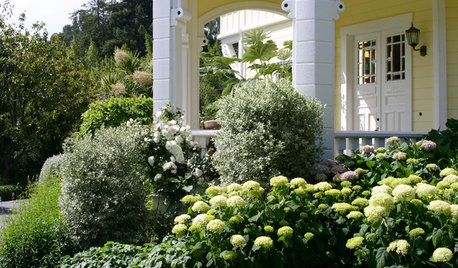
GARDENING AND LANDSCAPINGHave a Ball With Hydrangeas
Even if you don't tinker with the hue by changing the soil, hydrangeas have an entertaining range of uses in all kinds of landscapes
Full Story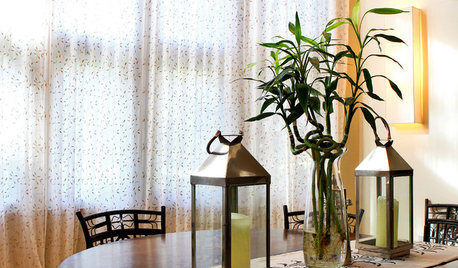
DECORATING GUIDESImprove Your Style Fortune With Lucky Bamboo
Serve this versatile plant straight up or with a twist for auspicious living decor that thrives without soil
Full Story
PORCHESGet the Hang of Hanging Flower Baskets
Learn all about container materials, soil and designing a hanging flower arrangement for a bountiful look on your porch or deck
Full Story
EDIBLE GARDENSHow to Grow Your Own Sweet Summer Crops
This guide will help any gardener get started on growing the freshest warm-season veggies and berries for summer
Full Story
HEALTHY HOMEDetox Your Kitchen for the Healthiest Cooking
Maybe you buy organic or even grow your own. But if your kitchen is toxic, you're only halfway to healthy
Full Story
LIFETrue Confessions of a House Stalker
Letting go when a new owner dares to change a beloved house's look can be downright difficult. Has this ever happened to you?
Full Story
HOUSEPLANTS8 Essentials for Healthy Indoor Plants
Houseplants add so much to our homes — and can thrive when grown in the right conditions. Keep these tips in mind
Full Story
HOUSEKEEPINGTackle Big Messes Better With a Sparkling-Clean Dishwasher
You might think it’s self-cleaning, but your dishwasher needs regular upkeep to keep it working hard for you
Full Story
LANDSCAPE DESIGN15 Great Ideas for a Lawn-Free Yard
End the turf war for good with hardscaping, native grasses and ground covers that save water and are easier to maintain
Full Story
HOUSEPLANTSIndoor Winter Gardens for Cheerier Days
Bring plants inside for drab-days mood boosting — not to mention cleaner indoor air and protection for your greenery
Full Story






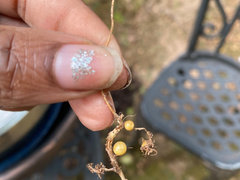
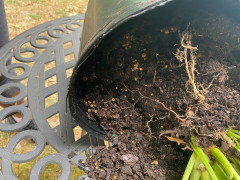
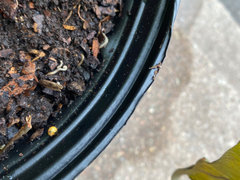

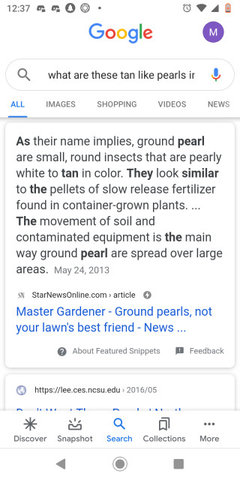
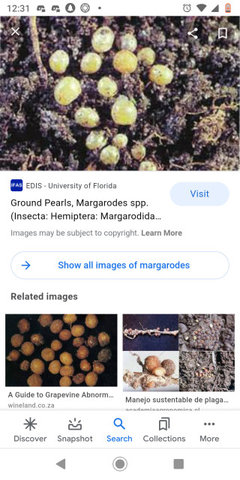

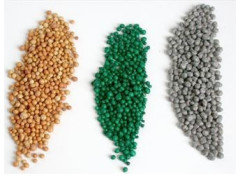
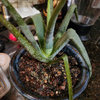



sherrypinck